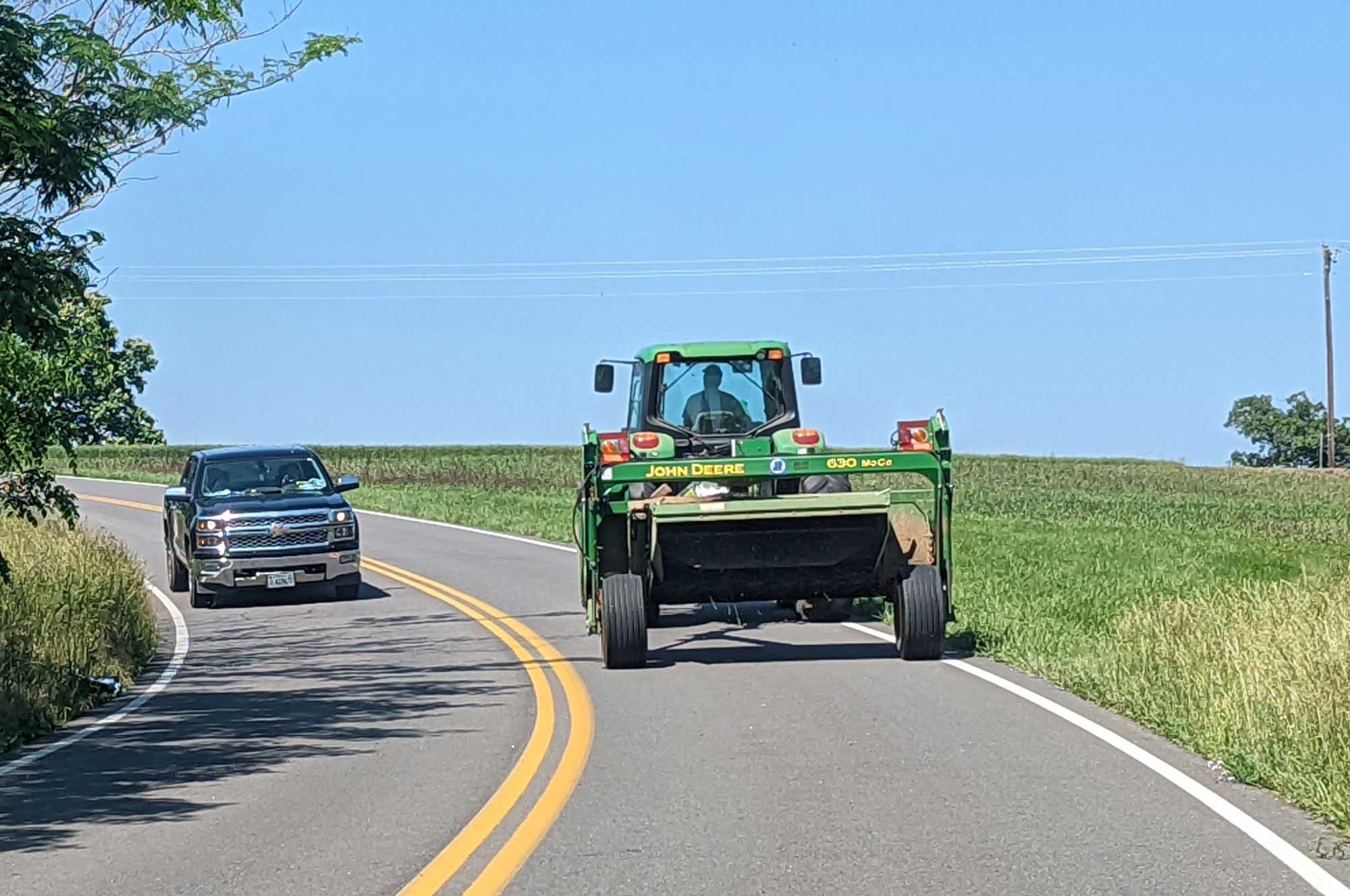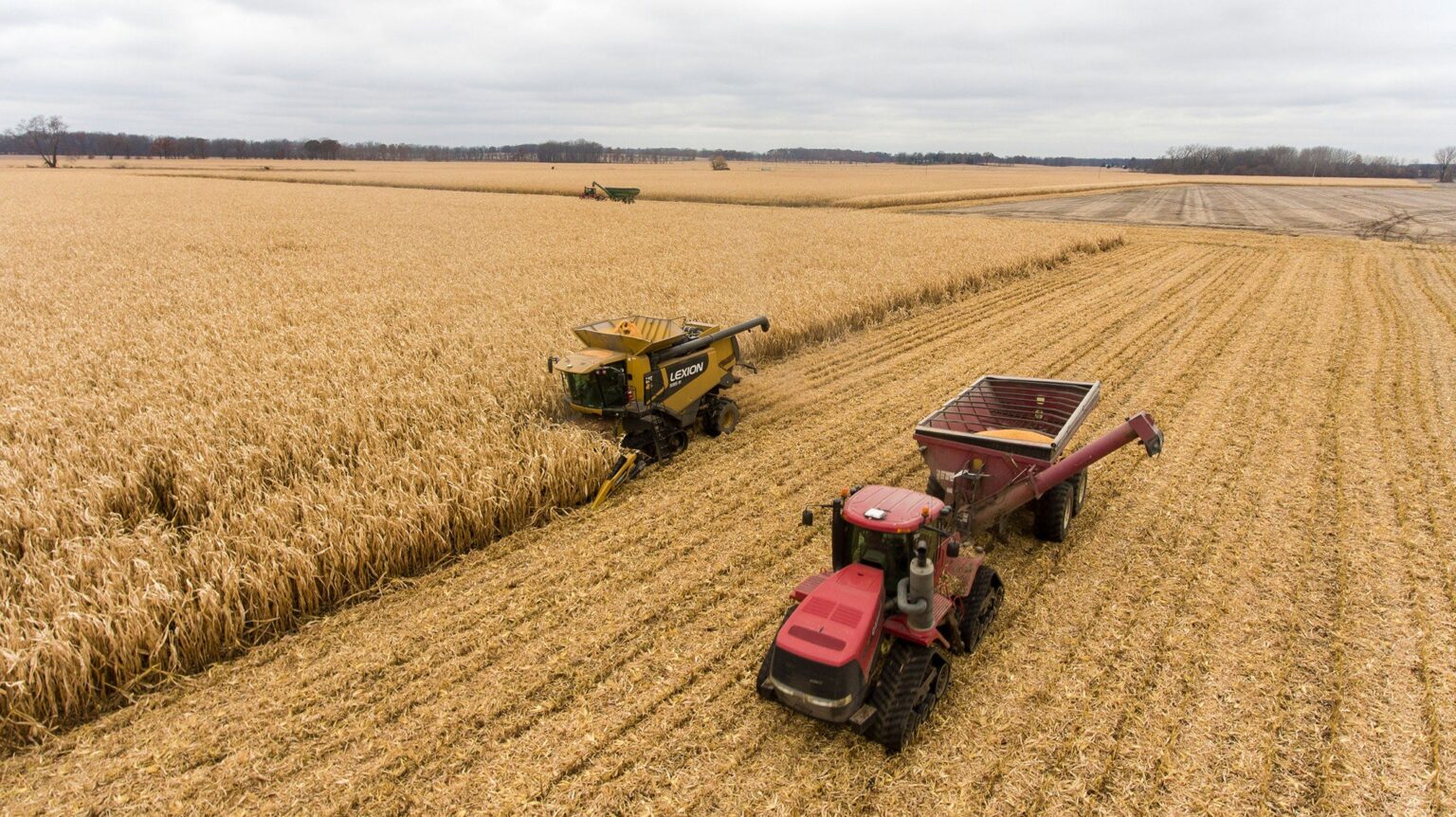As harvest season gets into full swing, farm operators face long hours, complex machinery, and increased activity on the fields. With multiple pieces of equipment operating simultaneously, fatigue, diminished daylight, and the fast-paced nature of the season, the risk of accidents and injuries significantly increases.
Common injuries during this time include slips, trips, falls, blunt trauma, sprains, and strains. Implementing effective safety measures is crucial to protecting workers and ensuring a productive harvest.
Reducing fatigue and staying alert
Fatigue is one of the biggest hazards during harvest, often leading to slower reaction times and poor decision-making. Farm workers should make rest a priority, as adequate sleep is essential for maintaining energy and focus during long shifts. Planning the day’s activities and setting a reasonable pace can also help manage the workload without overwhelming workers.
To stay alert throughout the day, taking short breaks is highly recommended. Even a brief step away from equipment allows workers to refresh and recharge. This small act can make a significant difference in avoiding fatigue-related accidents.

Ensuring equipment safety
The heavy machinery used during harvest season is vital, but it also presents serious safety risks if not operated correctly. Following the equipment’s operator manual is essential for understanding the proper procedures for safe operation, maintenance, and troubleshooting. Regular maintenance checks should be performed, ensuring that all machinery is in good working condition and that protective guards are in place before use.
Adequate lighting is crucial when working after dark, which is often unavoidable during harvest. Machines should be equipped with sufficient lights, and extra caution should be taken in low-light conditions, such as early mornings or late evenings.
Preventing slips, trips, and falls, and communicating
Climbing on and off machinery is another potential source of injury during harvest season. To prevent falls, workers should always maintain three points of contact when mounting or dismounting equipment. This means either two feet and one hand or two hands and one foot should be in contact with the machinery at all times.
Handholds and railings must be checked regularly to ensure they are secure and in good working condition. It’s also essential to avoid jumping from the last step when exiting equipment. Paying attention to uneven ground and rough terrain when stepping down can further prevent injuries.
Farm operations during harvest often involve multiple workers and machines in close proximity. Being aware of your surroundings is critical to preventing accidents. Workers should always know where equipment is being positioned and remain observant of individuals moving around the site.
Clear communication is key when working with others around machinery. Maintaining eye contact and communicating intentions can reduce misunderstandings and keep everyone on the same page, minimizing the chance of accidents.
The importance of PPE
Personal protective equipment plays an essential role in keeping workers safe. Earplugs, safety glasses, gloves, and other protective gear should be used when necessary to safeguard against potential injuries. In dusty environments, respiratory protection such as an N95 mask can help prevent inhalation of harmful particles, ensuring that workers can breathe safely.
Safe travel between fields
Navigating roads between fields presents its own challenges, especially when moving large equipment. It’s important to use safe travel routes, taking into account narrow roadways and the presence of automobile traffic. When needed, escort vehicles can be used to ensure safe travel and protect other drivers on the road.
By prioritizing safety throughout the harvest season, farm operators can protect workers from injury and ensure a smooth and successful operation. Through proper rest, equipment maintenance, awareness, and the use of PPE, farms can minimize risks and make this crucial season a safer experience for everyone involved.


